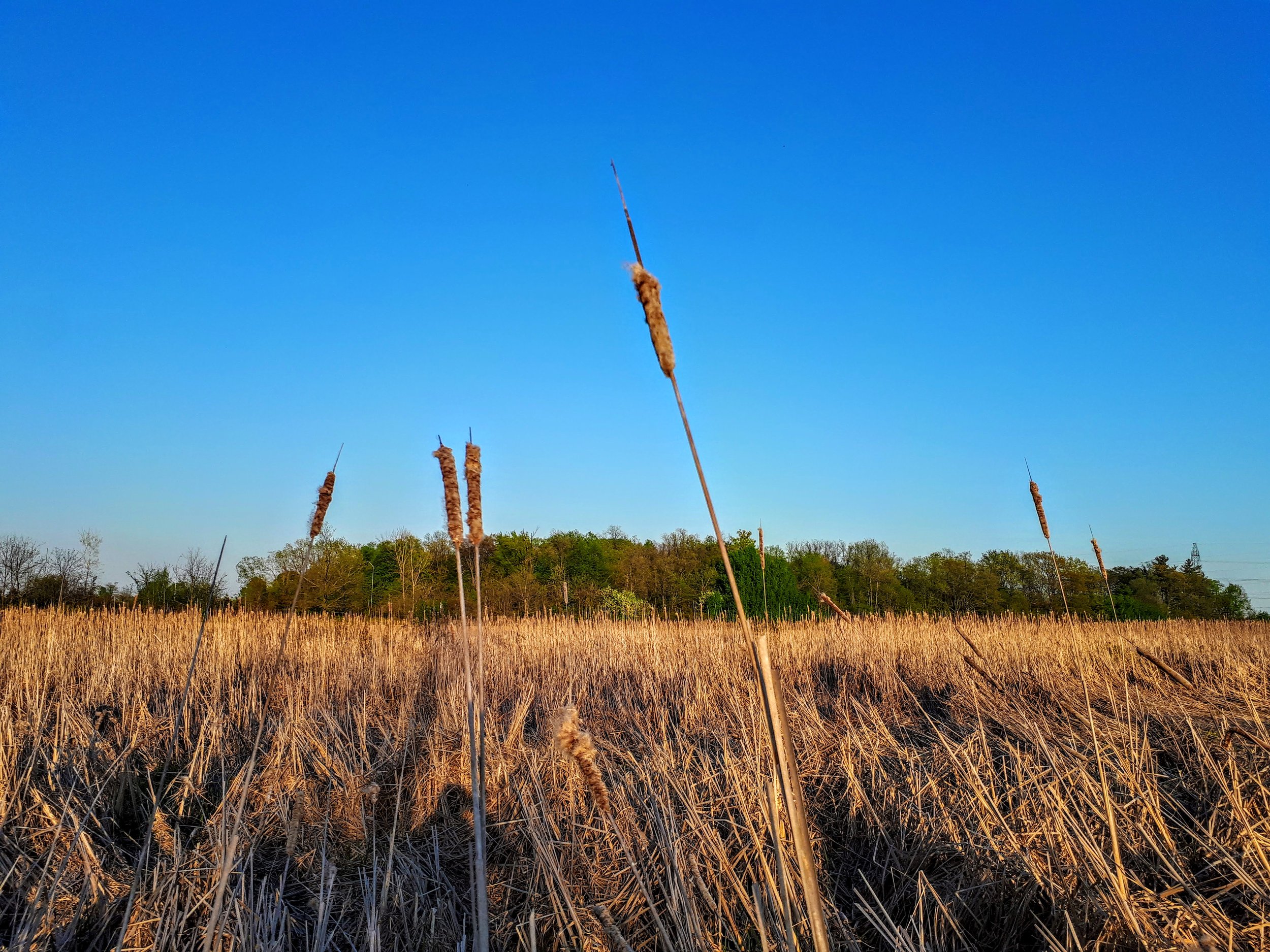
Meet the Marsh
Ancaster Creek is an historically coldwater system which supports fish and wildlife requiring a coldwater environment. Climate change and environmental factors such as runoff from highways, have the ability to warm the temperature and increase it’s salinity resulting in loss of habitat for fish, amphibians, turtles and other wildlife that depend on this unique ecosystem for their survival. There are now only TWO historic wetlands in the Ancaster Creek watershed and the Garner Marsh that is currently under threat is the only one still located in its original location. Studies show that 8% of the watershed was comprised of wetlands prior to colonization but that only 0.3% of those still remain. The Ancaster Creek subwatershed has already lost over 96% of it’s historic wetland cover and it can’t afford what’s left to be destroyed or damaged. This marsh located at the headwaters of Ancaster Creek is teeming with life and supports biodiversity across the watershed.
Who Calls the Marsh home
Green Tree frog at the Marsh
American Toad at the Marsh
A nest in the Marsh
Tundra Swans resting on the farmland beside the Marsh during migration
Juvenile Newt at the Marsh
Bustling with Life
Toronto Developer ONE Properties is claiming the marsh has no value and doesn’t support local wildlife. We toured the site and found it to be teeming with life. Listen for yourself!
Water supports wildlife!
Carrie Book is a third generation farmer who lives and farms adjacent to the wetland. As part of the original successful campaign to deny the permit to destroy this marsh, Carrie passionately shared her relationship with the land and why this Marsh is worth protecting! Listen for yourself.
Hear from Carrie at Hamilton 350’s Save the Marsh information session on Wednesday, January 26th at 7pm. RSVP below.
Are you downstream?
It’s not just critters in the Marsh and surrounding land who call this wetland home.
The Ancaster creek flows from the Marsh, through the Hamilton Golf and Country Club, through urban Ancaster, and over Sherman Falls on its way to Dundas and on to Cootes Paradise.
Its unique coldwater characteristic is a rare habitat for species like the Brook trout and Longear sunfish that rely on a coolwater habitat to thrive. Wildlife upstream and downstream would be impacted by changes in water temperature, and increased pollutant levels including road salt, oil and petroleum from the warehouse complex.






